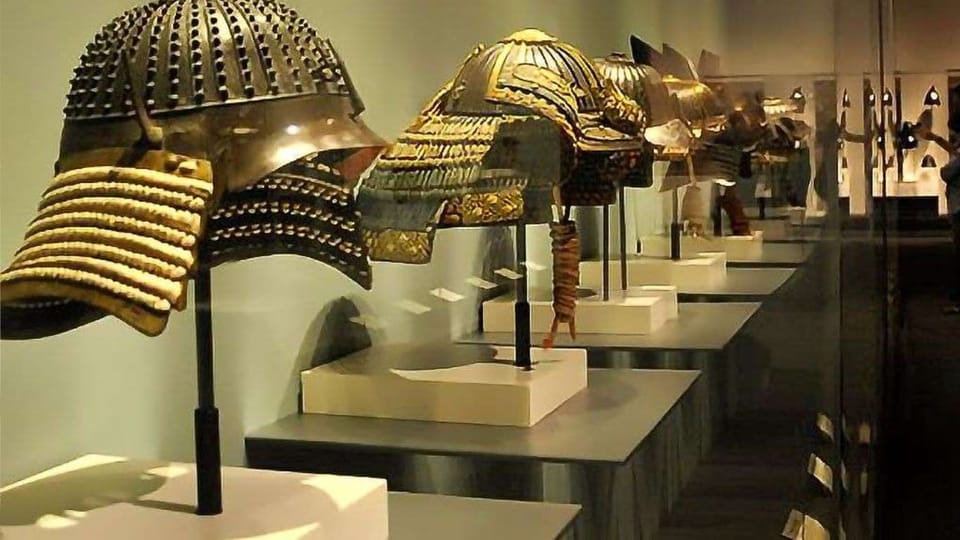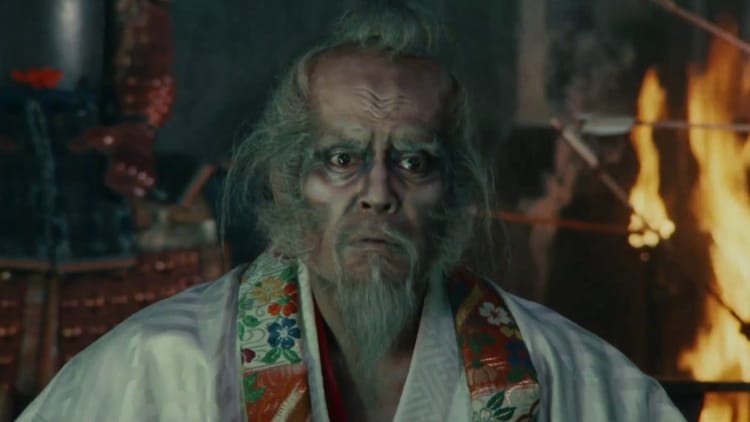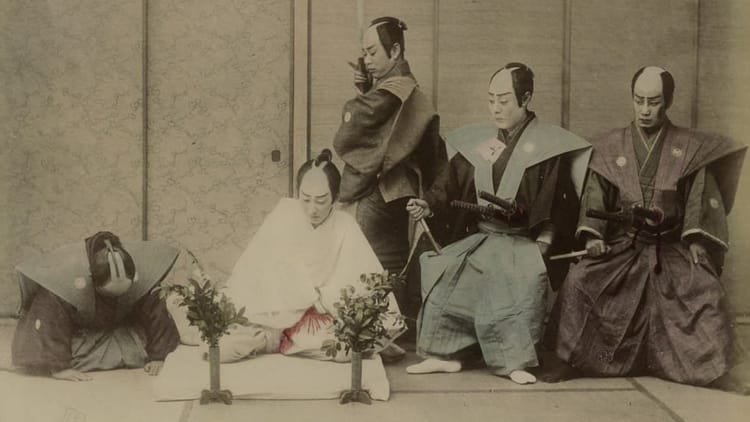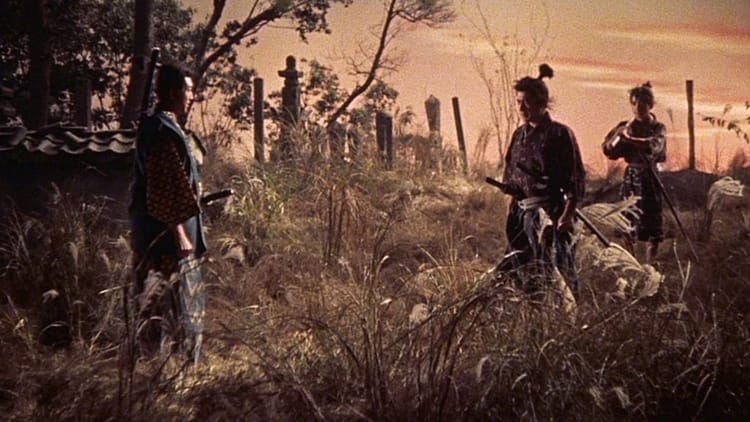Armor Evolution: A Samurai’s Journey Through Time

Once upon a time, here were warriors, real badasses, known as samurais. Now, these guys weren’t just about flashy swords and fancy moves; they were equipped with armor that was as tough as nails, meticulously crafted to protect their honor and their guts.
You see, Japanese armor wasn’t just about looking cool; it was a whole science. Crafted from leather and iron, later upgraded to steel, this stuff wasn’t just your run-of-the-mill protection. It came in all sorts of colors, thanks to the fancy lacing cords and lacquer they slapped on it.
Now, when it came to making this armor, they had it down to a T. Three main types: scale, lamellar, and full plate. Each one had its own flavor, reflecting the times and the needs of the battlefield.
And speaking of times, Japanese armor had a history as colorful as its lacquer. From ancient times to the modern era, it evolved like a fine wine. Innovations left and right, adapting to the changing tides of warfare and technology.
A full suit of this stuff? Six essential pieces: the cuirass, helmet, face mask, armored sleeves, greaves, and cuisses. Throw in some shoulder guards and thigh protection, and you got yourself a walking tank.
But like all good things, even Japanese armor had its expiration date. When the Europeans came knocking with their fancy full-plate armor and muskets, things started to change. Guns versus swords? Well, you can guess who won that one.
So, as time marched on, traditional Japanese armor took a back seat. Modern warfare and all that jazz made it obsolete, a relic of a bygone era.
In the end, Japanese armor wasn’t just about protection; it was a symbol of the samurai spirit, evolving and adapting through the ages.





